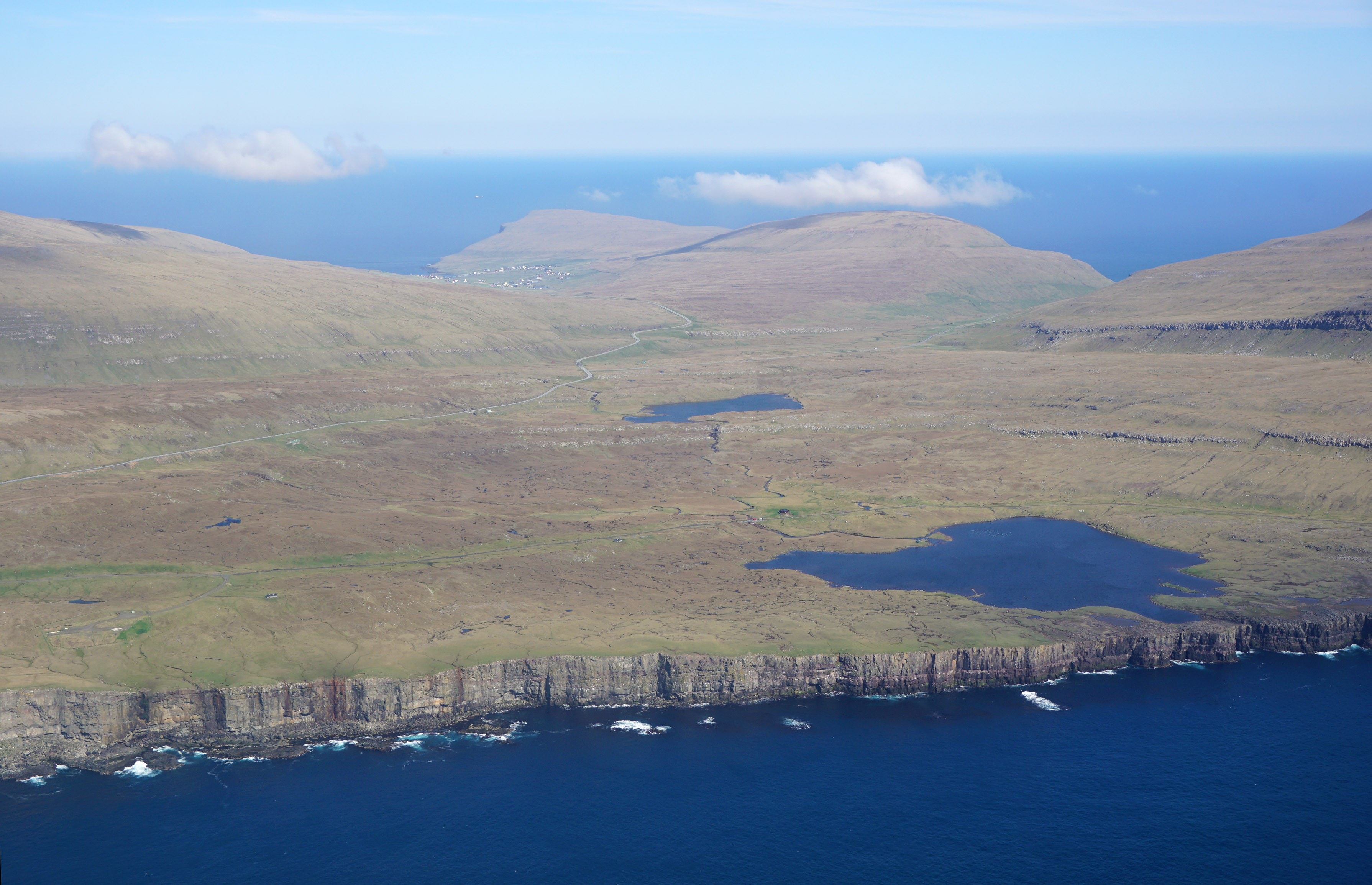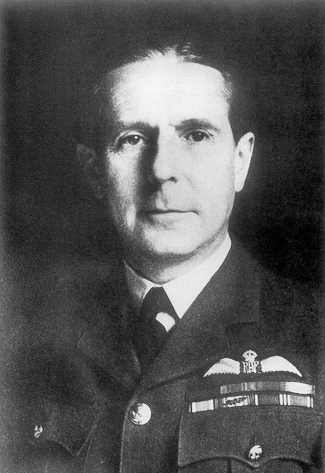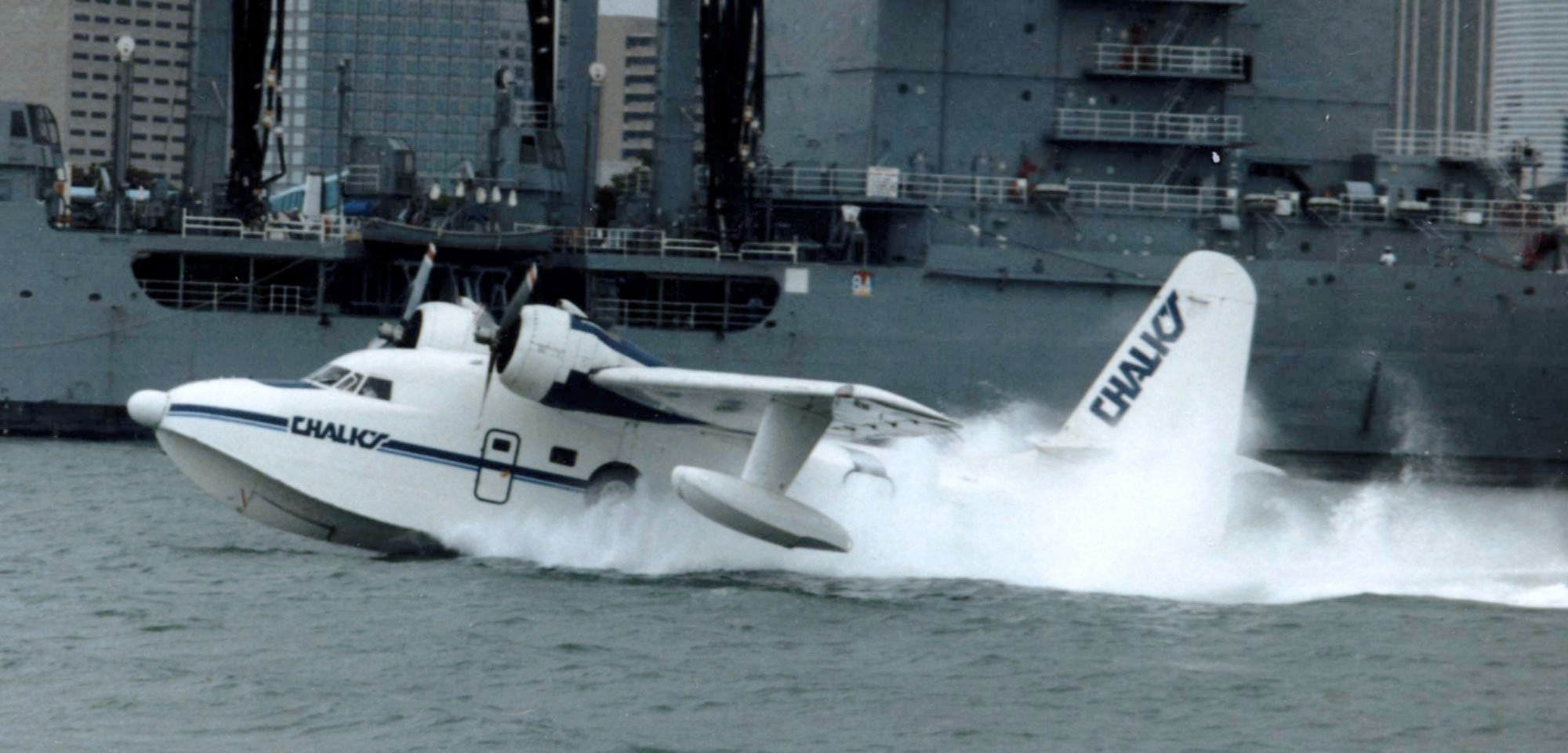|
Sørvágsvatn
Sørvágsvatn, sometimes called Leitisvatn, is the largest lake in the Faroe Islands. It is situated on the island of Vágar, between the municipalities of Sørvágur Municipality, Sørvágur and Vága Municipality, Vágar. The local reference is mostly just ''Vatnið'' ("The lake"). The area is , more than three times the size of Fjallavatn, the second largest lake, also located on Vágar. Name Among the locals, there is disagreement regarding the name of the lake. The inhabitants of Sørvágur to the west prefer ''Sørvágsvatn'', which means "the lake by Sørvágur". The inhabitants of Miðvágur and Sandavágur to the east prefer ''Leitisvatn'', which means "the lake by Leiti", referring to the territory on the east side of it. The village of Miðvágur is closer to the lake than Sørvágur, but the latter is considered to have been settled earlier. Sørvágur —alongside Bøur and Sandavágur—is considered one of the three original settlements on Vágar. These divided t ... [...More Info...] [...Related Items...] OR: [Wikipedia] [Google] [Baidu] |
Lakes Of The Faroe Islands
The most important lakes in the Faroe Islands are Sørvágsvatn on Vágar, Fjallavatn also on Vágar, Sandsvatn on Sandoy, Lake Eiði on Eysturoy and Lake Toftir on Eysturoy. There are many other smaller lakes across the whole country, most of them used for leisure fishing. Some of the lakes are also used for electricity production, and especially Lake Eiði near Eiði and the water systems around Vestmanna are important in this context. Also in Strond on Borðoy and at Botnur power plant, Botnur in Suðuroy there are important power-plants. The 10 largest lakes in the Faroe Islands (natural sizes) * 1. Sørvágsvatn, Vágar, 3.57 km² (This lake has two names, the other name is Leitisvatn) * 2. Fjallavatn, Vágar, 1.03 km² * 3. Sandsvatn, Sandoy, 0.82 km² * 4. Lake Toftir (''Toftavatn''), Eysturoy, 0.51 km² * 5. Lake Eiði (''Eiðisvatn''), Eysturoy, 0.47 km² (0.47 is the natural size of the lake before SEV made a dam there for their hydro-power pla ... [...More Info...] [...Related Items...] OR: [Wikipedia] [Google] [Baidu] |
Vágar
Vágar (; ) is one of the 18 islands in the archipelago of the Faroe Islands and the most westerly of the ''large islands''. With a size of , it ranks third in size, behind Streymoy and Eysturoy. Vágar Regions of the Faroe Islands, region also comprises the island of Mykines, Faroe Islands, Mykines. The Vágar island shape is very distinctive, since on maps it resembles a dog's head. The fjord Sørvágsfjørður is the mouth and the lake Fjallavatn is the eye. History Vágar is the first port of call for most foreigners travelling to the Faroe Islands, as it is home to the islands’ only airport, Vágar Airport. An airfield was built there during World War II by the British, who occupied the Faroe Islands with the islanders' consent. After the war it lay unused for about 20 years, but was then put back into service and expanded/modernised as required. It handles about 290,000 passengers a year (2016). Such large numbers by Faroese standards put a considerable strain on transpo ... [...More Info...] [...Related Items...] OR: [Wikipedia] [Google] [Baidu] |
Sørvágur - Bøsdalafossur
:''There is also a town called Vágur on Suðuroy.'' Sørvágur () is a village on the island of Vágar in the Faroe Islands. It is located at the landward end of Sørvágsfjørður. Sørvágur is the largest village in Sørvágur Municipality. Name The name Sørvágur translates to "The Bay of Sør". While the second half of the name makes sense given the fact that the village is located at a bay, the first half is more mysterious. Legend has it that the first man to settle at this place was called 'Sørli' and hence the village was named in honour of him. Another explanation on the origin of 'Sør' comes from the old-Norse 'Seyr' which is a word for sand (seyr is also a word for foggy rain). Sørvágur has quite a large sandbeach in comparison with other Faroese villages and towns, and therefore it was speculated that the original name of Sørvágur was ''Seyrvágur'', and during the course of time, Seyrvágur became Sørvágur. During the first half of the 20th century, local ... [...More Info...] [...Related Items...] OR: [Wikipedia] [Google] [Baidu] |
Sørvágur
:''There is also a town called Vágur on Suðuroy.'' Sørvágur () is a village on the island of Vágar in the Faroe Islands. It is located at the landward end of Sørvágsfjørður. Sørvágur is the largest village in Sørvágur Municipality. Name The name Sørvágur translates to "The Bay of Sør". While the second half of the name makes sense given the fact that the village is located at a bay, the first half is more mysterious. Legend has it that the first man to settle at this place was called 'Sørli' and hence the village was named in honour of him. Another explanation on the origin of 'Sør' comes from the old-Norse 'Seyr' which is a word for sand (seyr is also a word for foggy rain). Sørvágur has quite a large sandbeach in comparison with other Faroese villages and towns, and therefore it was speculated that the original name of Sørvágur was ''Seyrvágur'', and during the course of time, Seyrvágur became Sørvágur. During the first half of the 20th century, local ... [...More Info...] [...Related Items...] OR: [Wikipedia] [Google] [Baidu] |
Bøsdalafossur
Bøsdalafossur is a waterfall in the Faroe Islands that flows from the lake Sørvágsvatn/Leitissvatn into the Atlantic Ocean. It has a height of 30 meters. See also * List of waterfalls References Vágar Waterfalls of the Faroe Islands {{faroes-geo-stub ... [...More Info...] [...Related Items...] OR: [Wikipedia] [Google] [Baidu] |
Sørvágur Municipality
Sørvágur Municipality (), is the westernmost municipality in the Faroe Islands. It consists of the villages of Sørvágur :''There is also a town called Vágur on Suðuroy.'' Sørvágur () is a village on the island of Vágar in the Faroe Islands. It is located at the landward end of Sørvágsfjørður. Sørvágur is the largest village in Sørvágur Municipality. ..., Bøur, Gásadalur and Mykines. Originally the municipality only included the village of Sørvágur, but in January 2005 the municipality of Sørvágur agreed to merge with the smaller municipalities of Bøur/Gásadal and Mykines. The new municipality had a population of 1,232 in 2024. Logo The logo of the municipality is two white birds on a white/blue background with an orange sundisk. The two birds are made in the image of the letters S and K which are the initials for Sørvágs Kommuna. Gallery Bour, Faroe Islands (10).JPG, Village idyll in Bøur Bour, Faroe Islands as seen from above.jpg, Bøur as se ... [...More Info...] [...Related Items...] OR: [Wikipedia] [Google] [Baidu] |
Brown Trout
The brown trout (''Salmo trutta'') is a species of salmonid ray-finned fish and the most widely distributed species of the genus ''Salmo'', endemic to most of Europe, West Asia and parts of North Africa, and has been widely introduced globally as a game fish, even becoming one of the world's worst invasive species outside of its native range. Brown trout are highly adaptable and have evolved numerous ecotypes/subspecies. These include three main ecotypes: a riverine ecotype called river trout or ''Salmo trutta'' morpha ''fario''; a lacustrine ecotype or ''S. trutta'' morpha ''lacustris'', also called the lake trout (not to be confused with the lake trout in North America); and anadromous populations known as the sea trout or ''S. trutta'' morpha ''trutta'', which upon adulthood migrate downstream to the oceans for much of its life and only returns to fresh water to spawn in the gravel beds of headstreams. Sea trout in Ireland and Great Britain have many regional names: ... [...More Info...] [...Related Items...] OR: [Wikipedia] [Google] [Baidu] |
RAF Coastal Command
RAF Coastal Command was a formation within the Royal Air Force (RAF). It was founded in 1936, when the RAF was restructured into Fighter, Bomber and Coastal commands and played an important role during the Second World War. Maritime Aviation had been neglected in the inter-war period, due to disagreements between the Royal Navy (RN) and RAF over the ownership, roles and investment in maritime air power.Buckley, 2018. p.85 The Admiralty's main concern until 1937 was the return of the Fleet Air Arm to the Royal Navy while the RAF concentrated on the development of a bombing force to provide a deterrent. Coastal Command was referred to as the "Cinderella Service" by A V Alexander, the First Lord of the Admiralty in November 1940. Soon after RAF Coastal Area was elevated to Coastal Command, its headquarters moved from Lee-on-Solent to Northwood in northwest London. During the Second World War, Coastal Command's most important contribution was the protection of Allied convoys ... [...More Info...] [...Related Items...] OR: [Wikipedia] [Google] [Baidu] |
PBY Catalina
The Consolidated Model 28, more commonly known as the PBY Catalina (U.S. Navy designation), is a flying boat and amphibious aircraft designed by Consolidated Aircraft in the 1930s and 1940s. In U.S. Army service, it was designated as the OA-10 and in Canadian service as the Canso, and it later received the NATO reporting name Mop. It was one of the most widely used seaplanes of World War II. Catalinas served with every branch of the United States Armed Forces and in the air forces and navies of many other nations. The last military PBYs served until the 1980s. As of 2021, 86 years after its first flight, the aircraft continues to fly as a waterbomber (or airtanker) in aerial firefighting operations in some parts of the world. Design and development Background The PBY was originally designed to be a patrol bomber, an aircraft with a long operational range intended to locate and attack enemy transport ships at sea to disrupt enemy supply lines. With a mind to a poten ... [...More Info...] [...Related Items...] OR: [Wikipedia] [Google] [Baidu] |
Seaplane
A seaplane is a powered fixed-wing aircraft capable of takeoff, taking off and water landing, landing (alighting) on water.Gunston, "The Cambridge Aerospace Dictionary", 2009. Seaplanes are usually divided into two categories based on their technological characteristics: floatplanes and flying boats; the latter are generally far larger and can carry far more. Seaplanes that can also take off and land on airfields are in a subclass called amphibious aircraft, or amphibians. Seaplanes were sometimes called ''hydroplanes'', but currently this term applies instead to Hydroplane (boat), motor-powered watercraft that use the technique of Planing (boat), hydrodynamic lift to skim the surface of water when running at speed. The use of seaplanes gradually tapered off after World War II, partially because of the investments in airports during the war but mainly because landplanes were less constrained by weather conditions that could result in sea states being too high to operate seaplanes ... [...More Info...] [...Related Items...] OR: [Wikipedia] [Google] [Baidu] |
Vágar Airport
Vágar Airport () is the only airport in the Faroe Islands, and is located east of the village of Sørvágur, on the island of Vágar and 46 km (29 miles) west of the capital Tórshavn. Due to the Faroe Islands' status as a self-governing territory, the airport is not subject to the rules of the European Union. It is the main operating base for Faroese national airline Atlantic Airways and, for a brief period during 2006, was also the base for the low-cost airline FaroeJet. History Early years The airport was built by British Army Royal Engineers during World War II on the island of Vágar; the site was known as RAF Vagar/Vaagar (Royal Air Force). The site was chosen mainly because it was hard to see from the surrounding waters and any potential German warship. The first aeroplane landed here in Autumn 1942. ''(See British occupation of the Faroe Islands, British occupation of the Faroe Islands in World War II).'' British engineers had similarly first built Reykjavík A ... [...More Info...] [...Related Items...] OR: [Wikipedia] [Google] [Baidu] |






